Maps over apps, analogue route planning
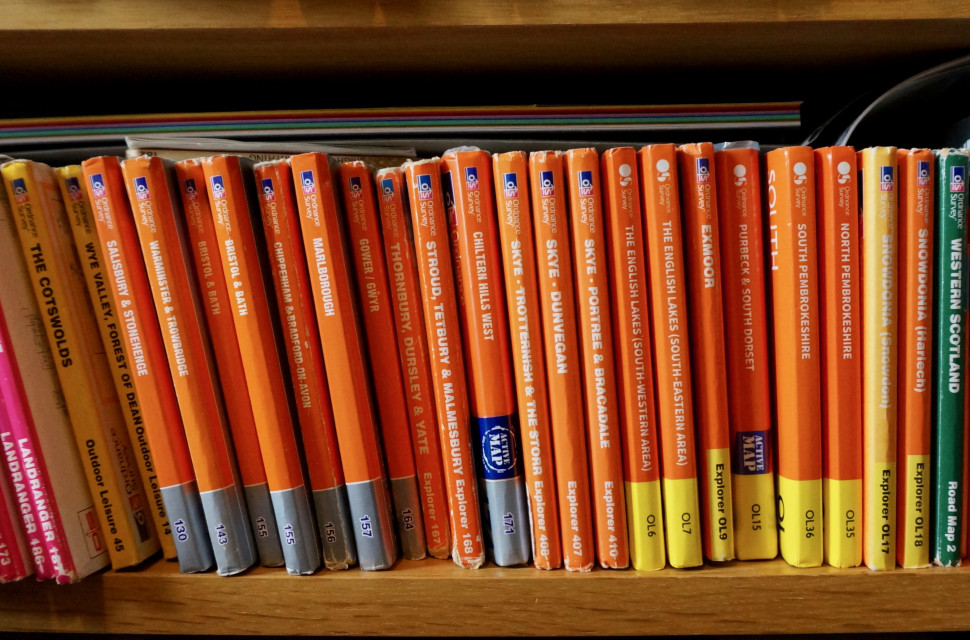
[Words by Steve Thomas]
Since the advent of GPS and mobile navigation apps, most riders have all but lost that 'special' love for paper maps, and many have never even planned a route on one.
There is little doubt that there is still a core of old-school devotees to the once mighty and essential pink-covered OS Landranger maps. Those who may well still spend many an evening or three drooling over the magical contour lines, and then following the dashed red lines and joining them up, all to make sense of a route they had envisaged.
- Man-made vs. Natural; what's your fancy?
- How 26" wheels are still turning out the fun
- Why mixing disciplines is the way to go
Not so long ago planning an off-road epic route on those un-foldable and yet classically alluring imagination enhancers was all part & parcel of the great off-road ride experience. Map reading and route planning using a map was (and still is) highly skilful art, and then navigating by one is even more so.
The ability to read and translate those lines into visions of practicality was all a part of the great outdoors skills building and survival experience and was something that was invaluable and could be potentially life-saving when conditions turn bad out there on the trail.
Power to the paper
Okay, yes GPS devices are great, but only to a point. The minute the battery dies, or if you lose coverage on your mobile device then you are well and truly up cow pat creek without a pump.
With a good old paper map and a little knowledge of how to get the most out of your route planning you do literally get the bigger picture, and not just that tiny matchbox-sized screen.
Maps do not have those squinty-eyed limitations, and the only AI involved is the “all in” input from the human planner and navigator - you.
By unfolding a map and sitting down for a while you can see and judge what lies way beyond the limited screen of any device, and you can see on paper exactly what is on the opposite side of that mountain too, and then assess the various options that you can take to get there, or to go around it, which really is a pain to try and achieve on any GPS or a mobile device, especially on a rare sunny day.
When things do turn pear-shaped, GPS devices can indeed be very useful, although arguably having the ability and wider vision options of a map and knowing how to read it will give you far better, broader, and more reliable real-time options to resolve the situation.
The best maps for off-road route planning
The Ordnance Survey (OS) produces some of the finest maps in the world, and these cover the entire British Isles in fine detail and are the absolute go-to for route planning.
They are produced in two differing scale versions for outdoor use; 1:50000 and 1:25000. This means that 1cm on the 1:50000 map represents a real life distance of 50,000cm or more usefully 500m and 250m respectively on the 1:25000. If you have forgotten or were never shown how to read a map then there are beginners and advanced guides on the OS website
The 1:50 000 pink covered Landranger series maps have been the go-to for those planning longer rides for decades now, and they offer more than enough detail for most of us.
For finer detail rides and planning, the orange-sleeved 1:25 000 Explorer series maps are superb and offer double the scale of the Landranger series. These are great for tight routes in specific areas – especially on your home patch, but can be overkill for general longer route planning.
OS maps are also available as a weatherproof 'Active Map' and with an option for a 'Mobile Download' to use in conjunction with Ordnance Survey's own app.
On the face of it, maps may seem like an expensive option, but the experience of using one, and learning to read and navigate by it are invaluable – they really are an investment in yourself.
If you have created a route that you want to go and try that covers two maps or occasionally the corners of 3 maps, Ordnance Survey offers a custom map option where they will make a map that centres your route on your very own map. How about that for service!
Map apps
There are several very good map apps out there, and although this story is about paper maps (or rather laminated paper maps - Active Maps for protection), there is no reason why you cannot use both in tandem, or even simply carry one as a failsafe backup to the other.
Google Maps, Maps.me and Komoot are all useful, although for UK based riders using the OS mobile app in conjunction with their paper maps is a great way to go as a base route planner.
Route planning with paper maps
Knowing your rights (of way) is a very important aspect of route planning for offroad cyclists has always been to know your rights of way – where you can and cannot legally ride.
Riding footpaths and illegal trails often leads to conflict and bad feelings toward all of us, which is understandable.
The great things with a paper map are that the different grades of the track are well marked, and it is easy to avoid those dotted lines that define a footpath (mostly off-limits) and to plan rides using the dashed lines of a bridleway (legal to ride) and other legal trails (things are very much more open to riding in Scotland).
Contour Lines
It may be obvious to those used to reading maps, but do remember to check the contour lines. Those curvy orange/brown lines show you the gradient and altitude on a map, and the closer together they are the steeper the grade. When you do see a sweet trail clambering up through them you need to factor in that maps are also flat, so that trail will be longer than a similar distance marked on a flat section.
When lines are closer together try to look for routes that gently traverse them rather than going straight up (which is ok for coming down).
Safety
If you are looking at a trail through a remote area that is not often likely to be ridden too often then do be aware that it may well be in a state of total disrepair and could be indefinable on the ground.
In this case, always look for an escape option, and allow plenty of extra time – as pushing a bike for hours through knee-deep bogs and tussocks really is no fun.
If you plan such a route also look out for potential re-fuelling and water top-up options, which may mean veering off the route to a public toilet or a village.
Water
The water margin – when you see that epic route running through a valley with a meandering stream then be sure to check what side of the blue line you need to be on, look for bridges and clear crossing points as It's not as easy to ride back up the hill.
Look out for a tell-tale excess of blue lines trickling down those contour lines and for tiny blue spots; these generally mean it’s a boggy area. If you don’t know the area, and there is no visible habitation then it could be one heck of a slog and not one to be attempted if it’s been wet in the week or two before. No one likes to hike a bike through a bog.
Lost?
If you do get lost, be it due to a lost trail or weather conditions, then you need to think and act fast. Do not get caught out in the dark or in foul weather any longer than needs be. Try and get to a higher spot and take a look around for some form of landmark that you can relate to a map and then assess where you are, and whether to turn tail or to continue.
A landmark could be a small building, a stream, a pool, or a clump of older trees (pine and newer trees are not the best for this as they grow so fast and are harvested faster than maps are printed).
Make sure you are looking in the right direction, if you're not sure which way is north, you cannot see the sun and you're not gifted with your inbuilt compass you'll need a real one, digital or traditional, to help you orientate the map in the correct direction.
So what's stopping you?
So get a map and learn (relearn) to read it and have a look at all the information on it and see what else you could have ridden, all those hidden gems that you missed around that corner or down that trail.
And next time you are talking about going somewhere with some mates ask them round, get the coffee or drinks in, pull out a map, and have an enjoyable evening plotting where to go with your friends.






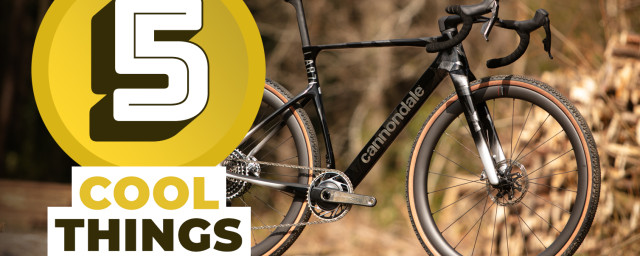
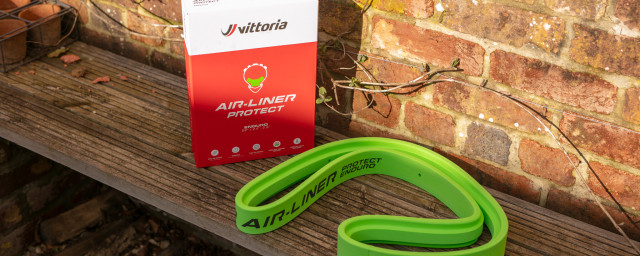
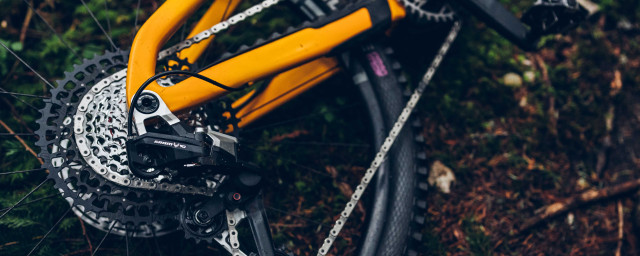

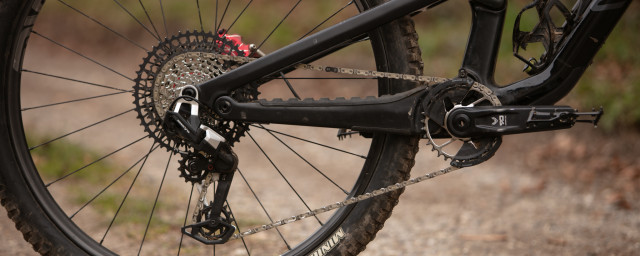
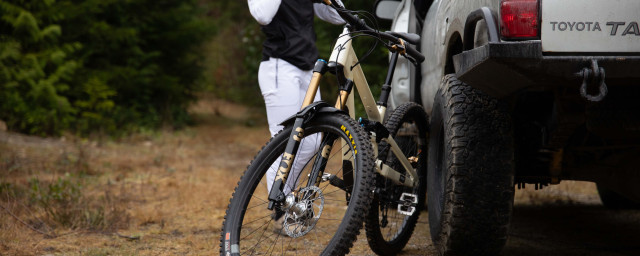
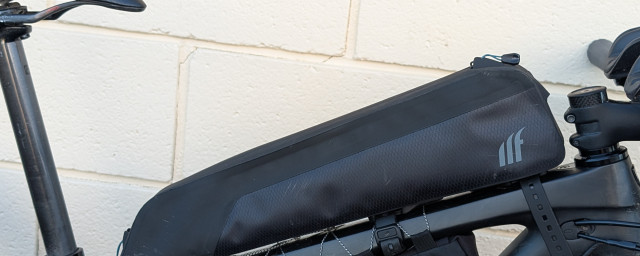
4 comments
Maps are great (apart from not needing batteries or charging, you can spread them out to see a wide area without zooming out and losing detail), but "lose coverage on your mobile device" isn't really a problem with a tiny amount of planning, many apps allow you to download an area of map for offlne use.
> Maps don't freeze, crash or loose signal.
Right. As with any technology, maps can get damaged. Not everyone has enough knowledge to use them. They can easily outdate. They cannot contain all the details of POI (like contact details of shops / hotels / inns, etc).
They created by people and may also contain errors, which cannot be fixed by some good samaritan (like OSM, for example).
They have limitations, as any technology.
I like a good map, but I wouldn't be so quick to dismiss digital route planning or GPS devices:
Paper maps can quickly go out-of-date. Online maps can be outdated to, but most services (e.g. Google or OSM) are pretty quick to update. The OS maps sitting on my shelf won't ever be updated - until I buy the new one!
Digital services benefit from crowd wisdom. Planning a route is rarely just about getting from A to B, and often about finding an enjoyable (and safe) route. Online services often allow you to benefit from other people's route choices or preferred routes, through e.g. heatmaps or sharing specific routes.
Although not perfect, GPS devices are pretty reliable. Map reading is a skill, and as with any skill mastering it takes time and practice. Until then, a human reading a map has a good chance of making a mistake too - and while a GPS device normally alerts you pretty soon that you've taken a wrong turn, it might take the human map reader longer to notice their error.
Finally, even if you are perfectly competent at map reading, it is hard to argue that GPS navigation is faster and more convenient. Your GPS device is with you every step of the way, telling you where the next turn is. Getting out a map, checking your location, and checking your route takes time and is nigh on impossible to do whilst riding a bike, so you have to stop every time.
I'll freely admit I'm not the most adventurous cyclist, but I've done a few fairly remote rides and in every case I've had a stack of OS maps tucked at the bottom of my bag "just in case", but they remained untouched while I followed the route (that I had planned on Komoot) via my bike's GPS which worked flawlessly.
Q: Have we all but lost that love for paper maps?
A: No. Maps don't freeze, crash or loose signal. They just work. But my father was trained at the OS Land Survey School so I may be biased. The house and camper were both stuffed full of maps and I even remember being taught to do a 'star fix' (the joys of celestial navigation!)